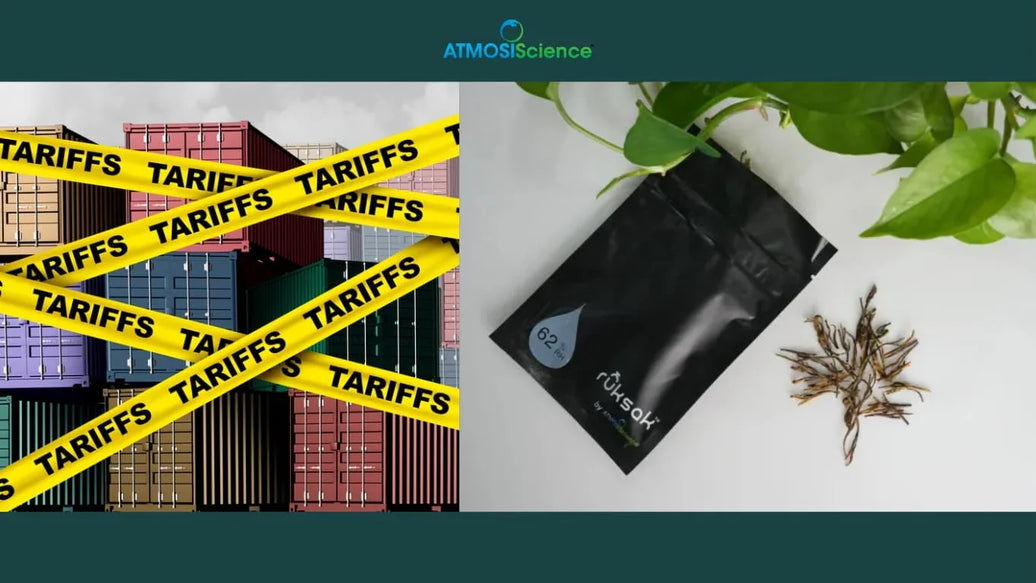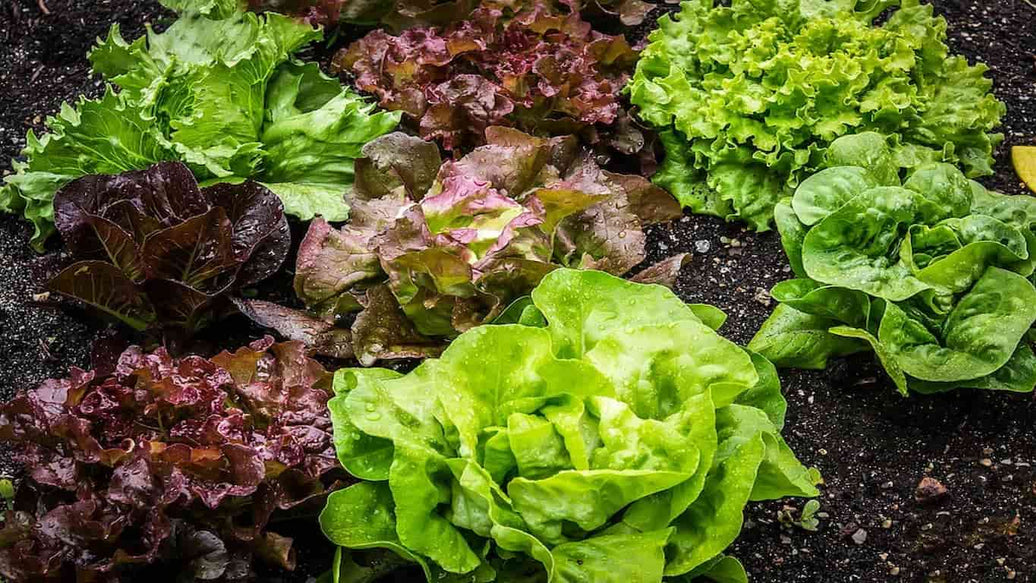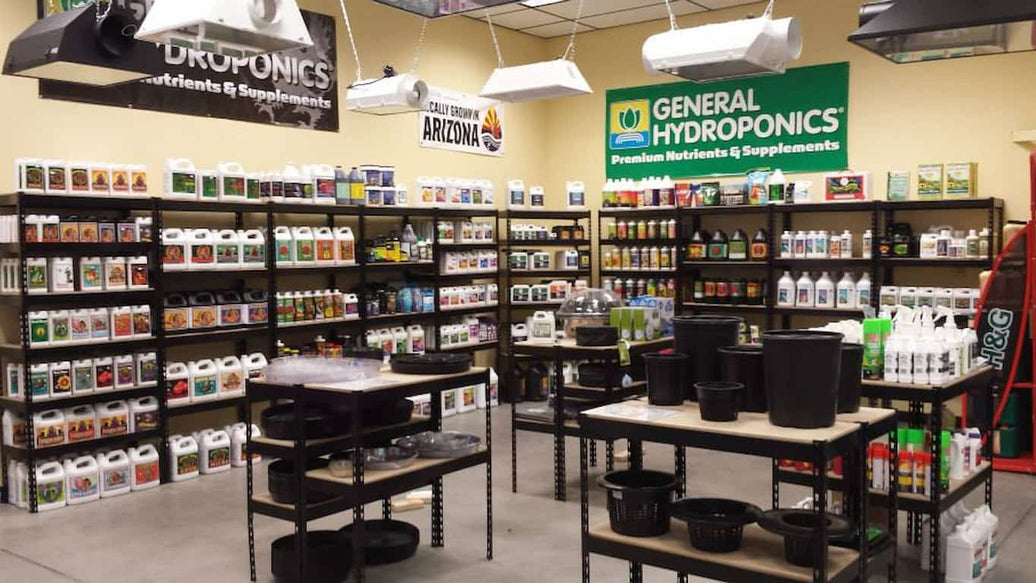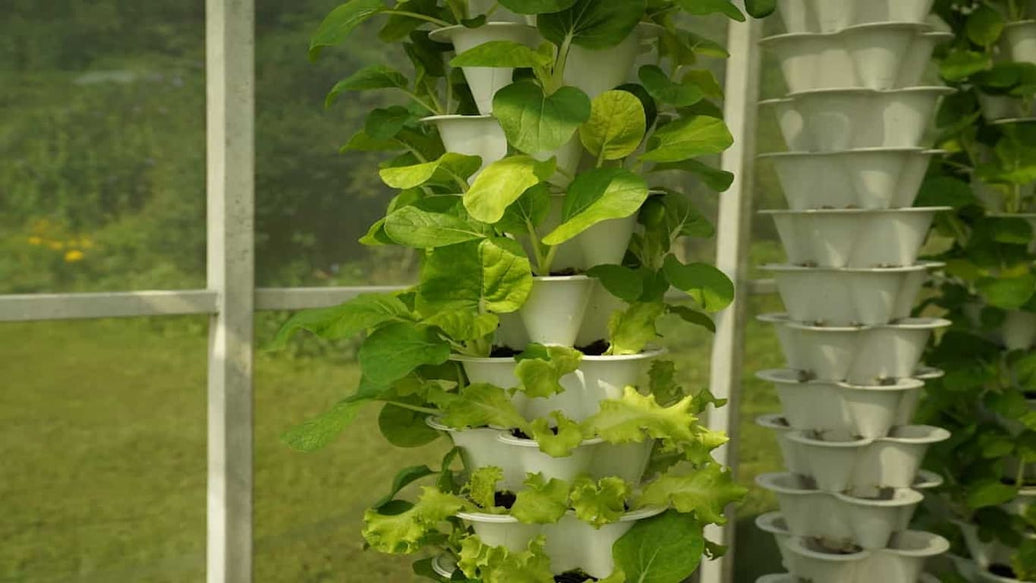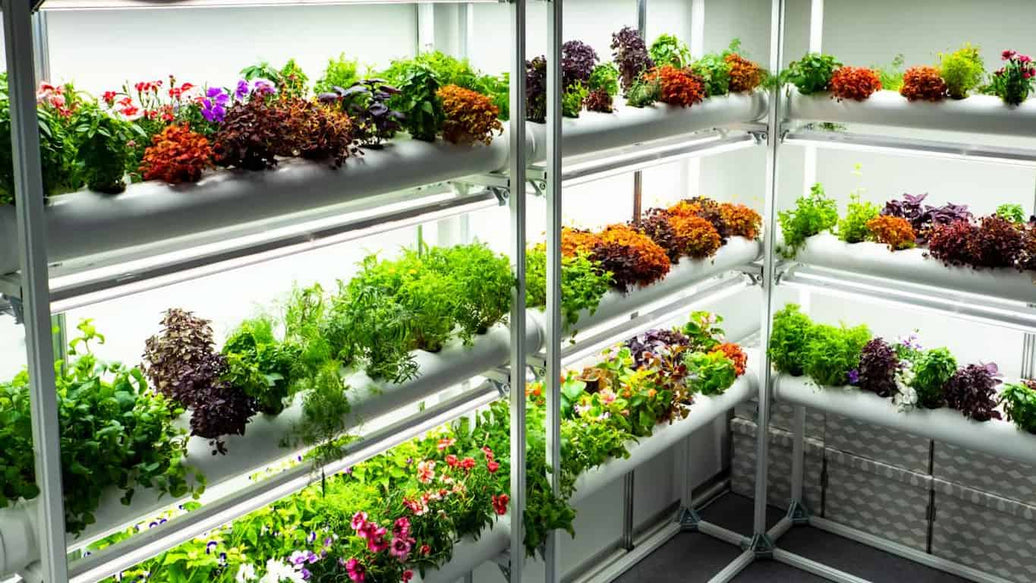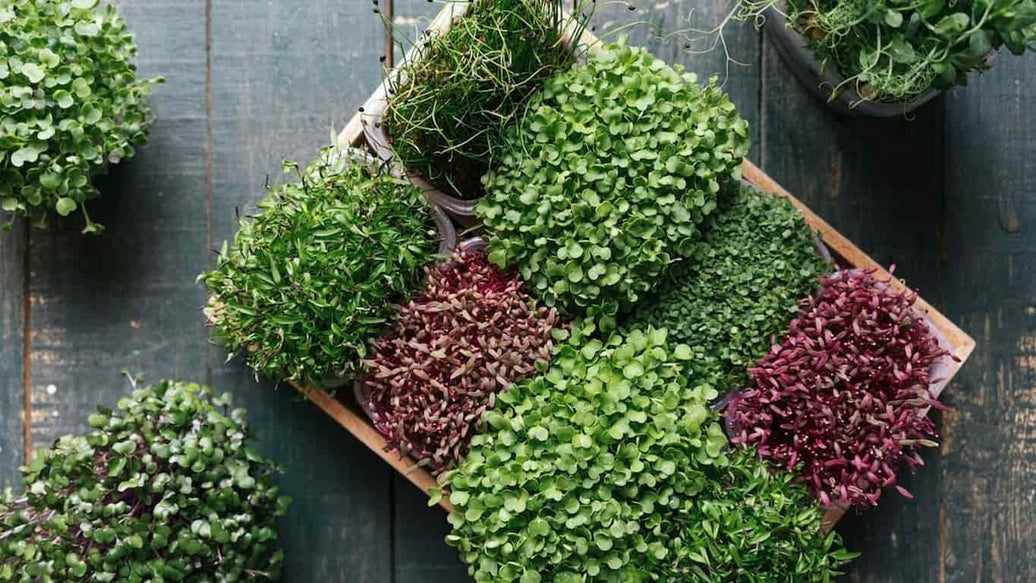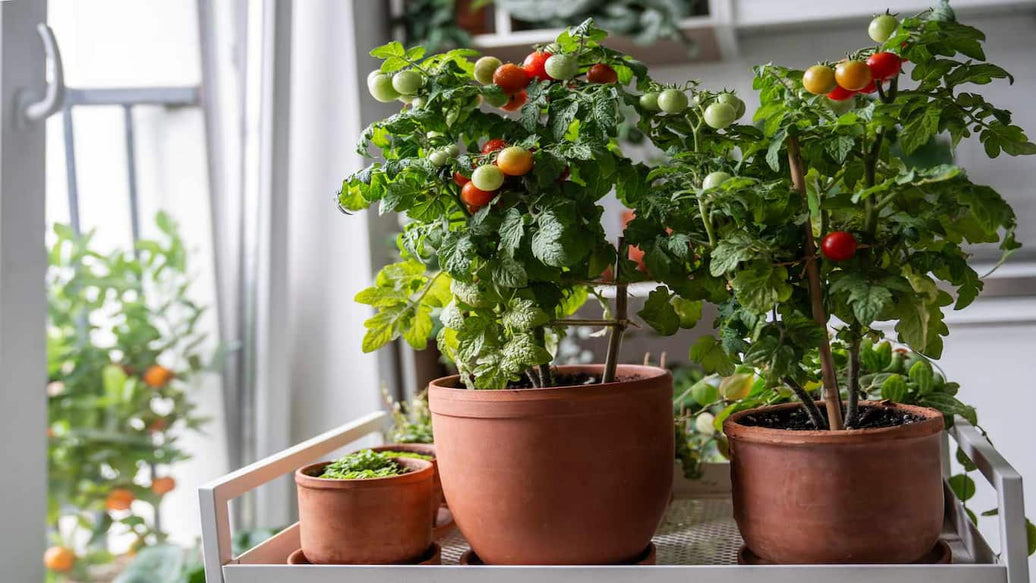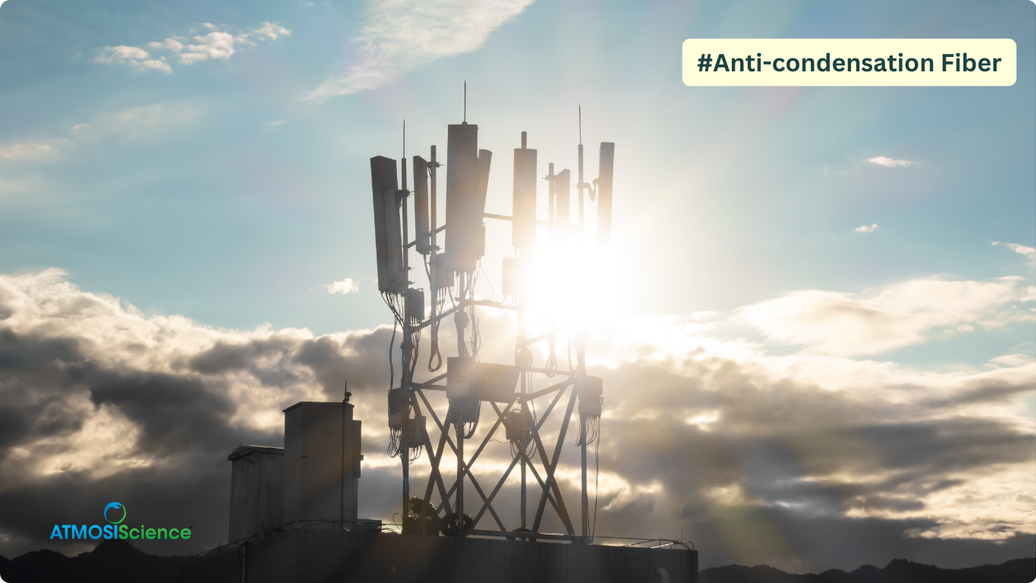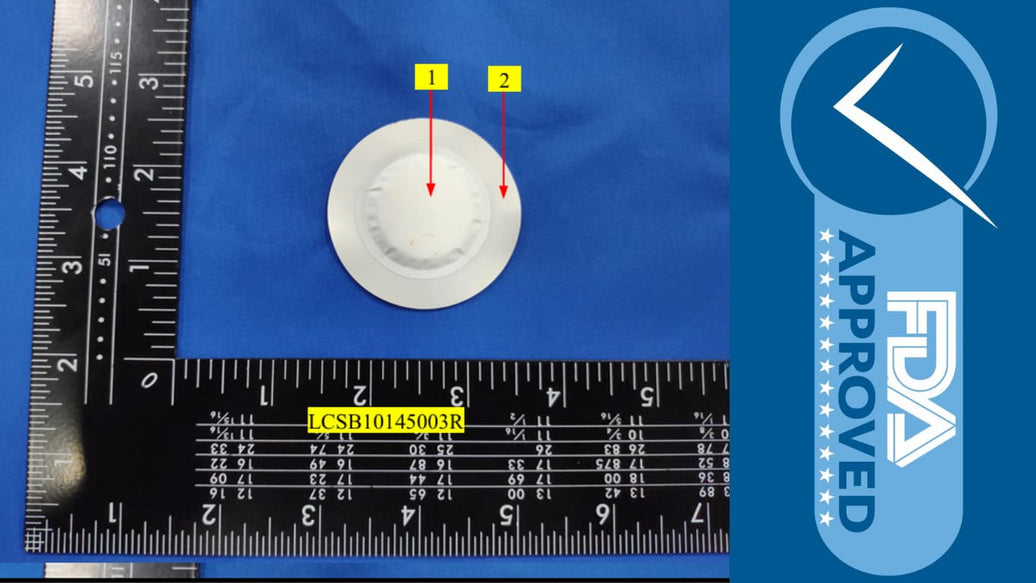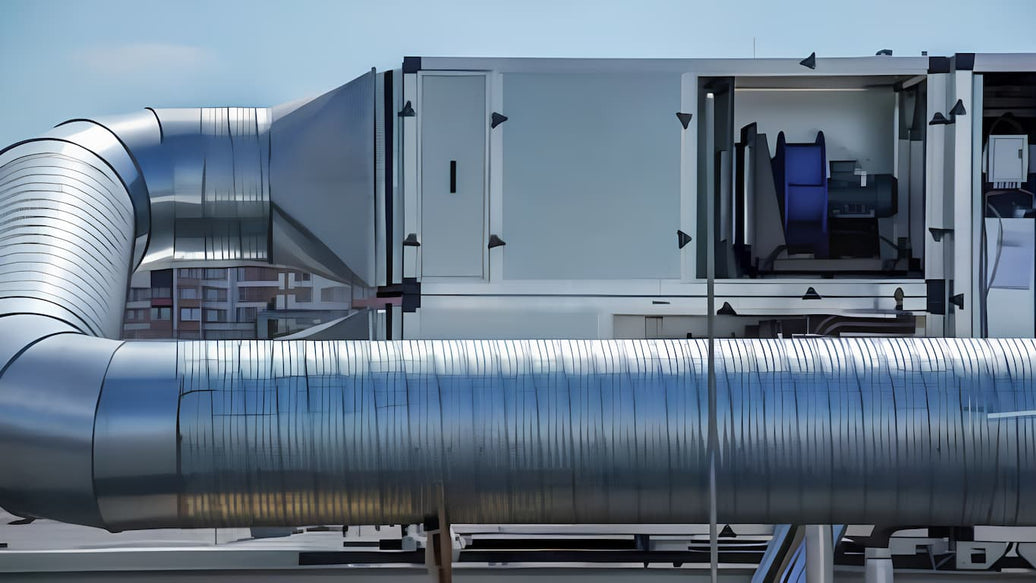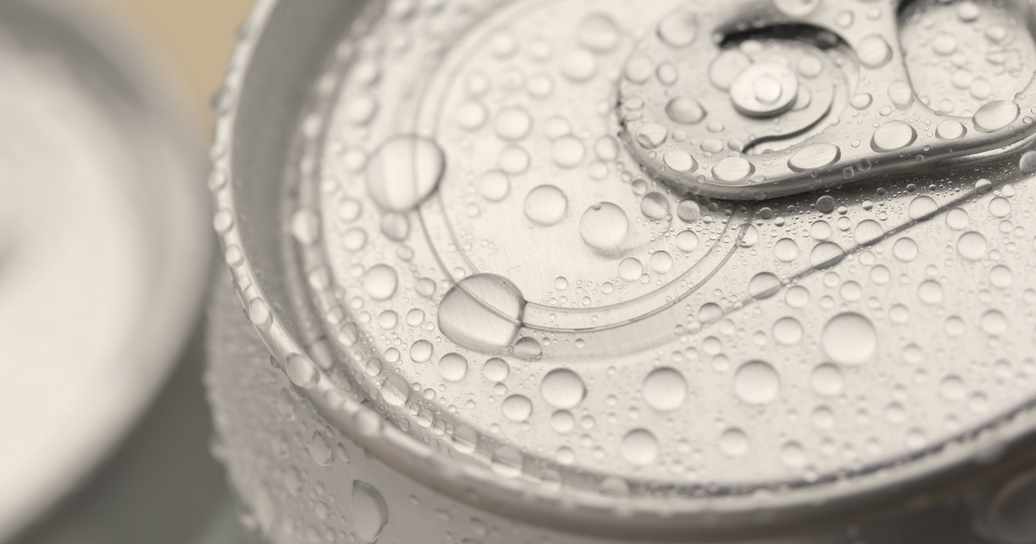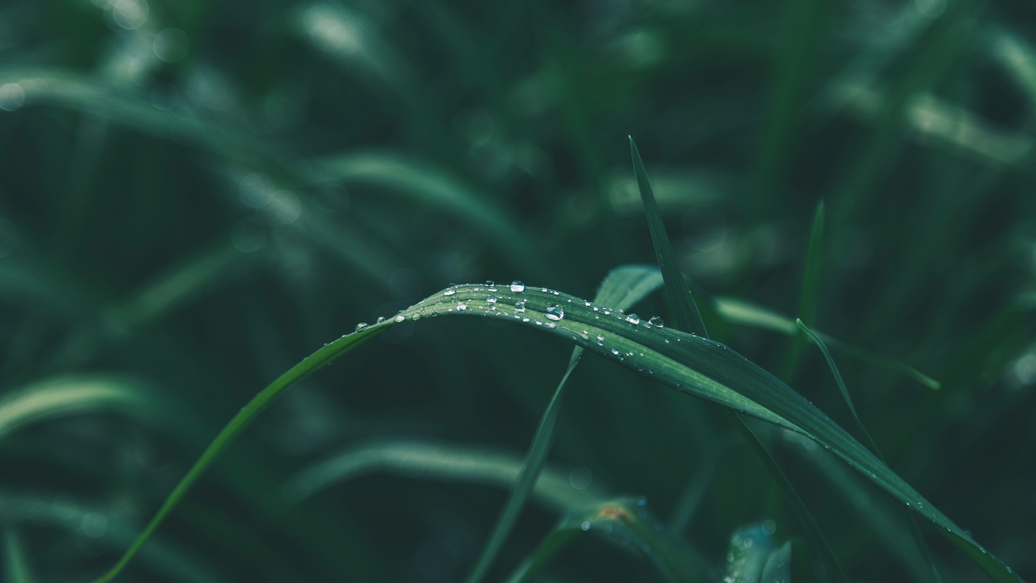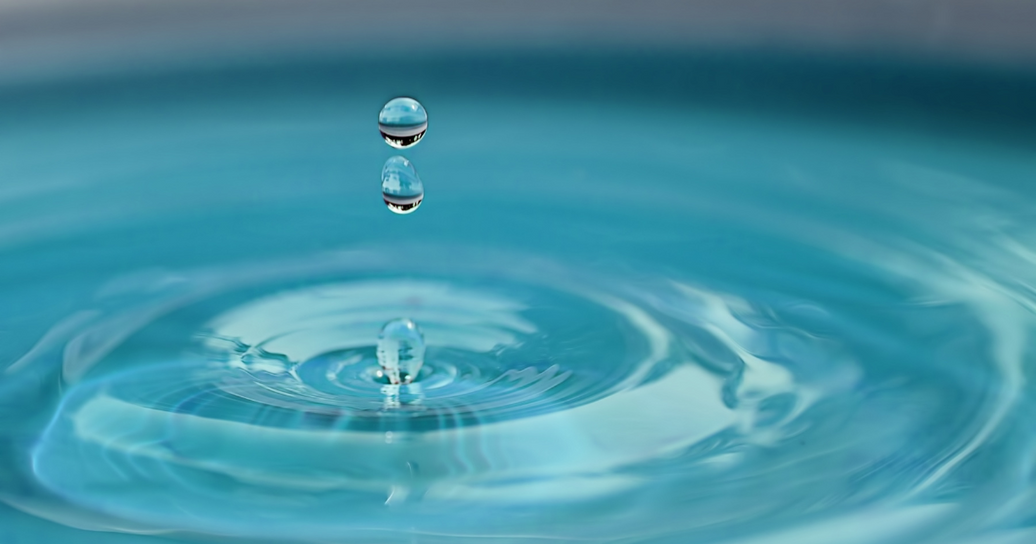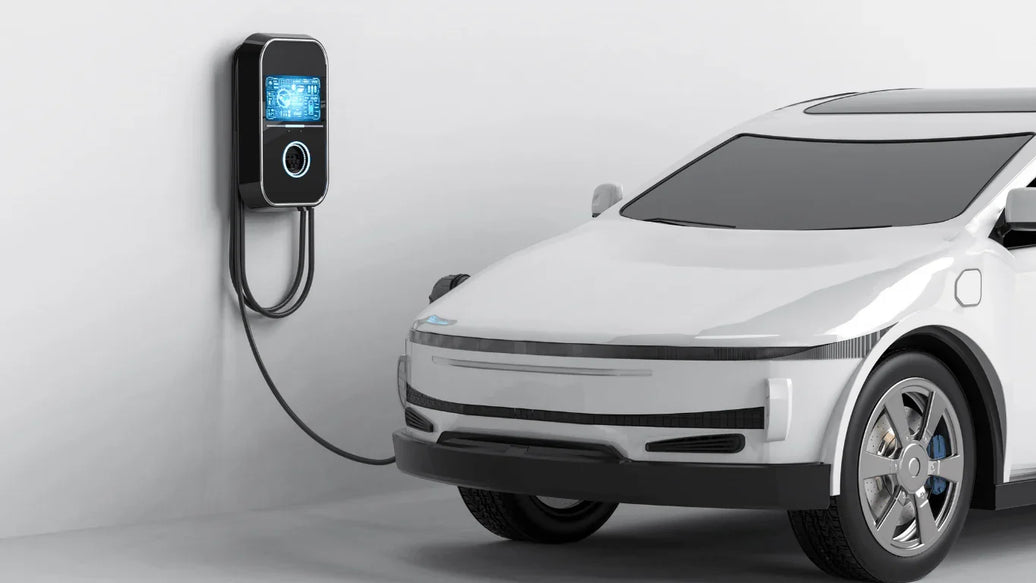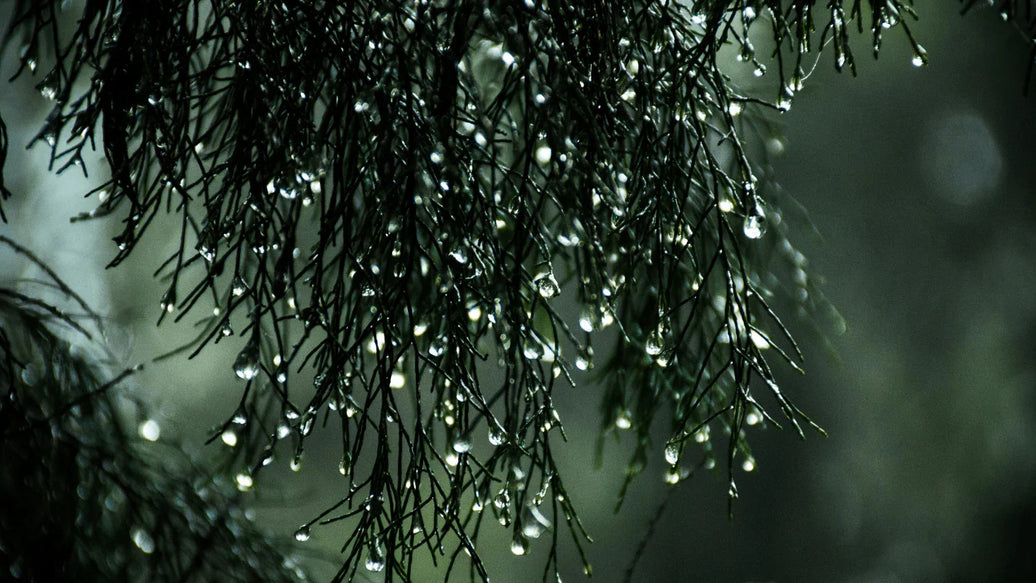City living often means limited outdoor greenery, but with an apartment indoor garden, you can foster a refreshing, green space right at home. Plants help filter indoor air pollutants, reduce stress, and add lively, soothing aesthetics to your environment.
Building an apartment indoor garden is also a step toward eco-friendliness, offering the ability to grow herbs or vegetables. Regardless of your space limitations, this guide presents ten creative and achievable gardening ideas for apartments - from bright window spots to cozy corners - helping you add fresh life to your living area.

Health benefits derived from apartment indoor gardens
Establishing an apartment indoor garden can significantly enhance overall well-being. Scientific evidence increasingly supports the positive health contributions that indoor plants provide.
Cleaning the indoor air
Indoor plants serve as natural purifiers by absorbing harmful pollutants. Various experiments reveal that species commonly grown inside apartments can eliminate volatile organic compounds (VOCs) such as formaldehyde, benzene, and others emitted by household materials like furniture and paints. Spider plants and pothos stand out for their ability to extract these airborne toxins effectively.
As apartments tend to be tightly sealed, indoor greenery acts as a vital filtration system to improve air quality and reduce breathing difficulties.
Psychological advantages

The act of nurturing or even simply observing plants indoors is linked with reductions in stress indicators such as cortisol levels, lower blood pressure, and a boost in overall mood. These mental health benefits become especially pronounced in apartment residents who lack ready access to green outdoor spaces.
Indoor plants contribute to creating a calming atmosphere conducive to mental recovery and a buffering effect against anxiety and depression.
Boosting immune system function
Newer research indicates that plants indoors help diversify the skin microbiome by introducing beneficial microbes. This interaction can assist in regulating immune responses and diminish risks of inflammatory and autoimmune conditions, a benefit particularly critical for city dwellers less exposed to varied natural microorganisms.
How to prepare your space for success
To create a flourishing indoor garden, consider some essentials:
- Lighting: Most houseplants require a few hours of soft, indirect light daily. South or east-facing windows are ideal. If natural light is minimal, consider installing full-spectrum LED grow lights.
- Temperature: Maintain a steady range between 60-75°F (15-24°C). Avoid exposing plants to cold drafts or excessive heat from vents.
- Humidity: Many indoor plants prefer moderate humidity around 40-60%. Using a humidifier or grouping plants can boost moisture levels in dry rooms.
- Air movement: Good ventilation is important to prevent disease and aid photosynthesis. Opening windows or using fans periodically enhances airflow.
Pots should have drainage holes to keep roots healthy, and opting for lightweight containers helps in repositioning plants as needed.
Top 10 apartment indoor garden ideas
Turn corners into green havens with specialized planters

Corners often remain unused but can be transformed with corner planters designed for snug, space-saving fits. This opens up space to add tropical plants or smaller trees that brighten and add texture to your interiors without occupying much floor area.
Multi-tiered shelving in corners extends greenery upward, creating dynamic layered displays. Self-watering planters make upkeep a breeze, supporting busy lifestyles.
Maximize walls with hanging planters

For apartments short on floor area, hanging and wall-mounted planters convert empty walls into green exhibits. Perfect for succulents, trailing vines, and herbs, these vertical gardens provide both beauty and health benefits.
Arranging planters of diverse shapes and hues contributes an artistic, vibrant feel, complementing various interior styles.
Climbing plants supported by trellises

Indoor trellises provide vertical paths for vines like pothos or philodendrons, ideal for saving horizontal space. These trellises can also function as living partitions or green decorations.
Regular grooming will keep your climbing plants healthy and well-shaped.
Living walls for striking vertical gardening

Living walls are modern installations where walls adorned with plants transform rooms into verdant retreats. Modular systems accommodate mosses, succulents, and tropical plants that promote cleaner indoor air.
Automation in watering systems eases maintenance, making living walls suitable even for busy city residents.
Succulents as stylish, carefree plants![]()

Succulents, known for their low-maintenance nature, thrive in compact urban dwellings. Examples include aloe, jade, and echeveria - all of which require minimal watering and fit perfectly on window ledges or shelves.
Grouping succulents generates vibrant textures and hues with little effort.
Unique mini gardens: Terrariums![]()

Terrariums create self-sustaining plant habitats inside clear glass vessels, ideal for moisture-loving species such as moss and air plants. Their enclosed design minimizes watering needs.
Compact and decorative, terrariums suit desks, shelves, or coffee tables.
Herb gardens on kitchen windowsills

Sun-drenched windowsills provide natural homes for culinary herbs like basil, rosemary, and mint. These apartment indoor herb gardens allow fresh flavor to be used directly in cooking, while also filling your space with delightful aromas.
Using recycled containers for planting supports eco-friendly habits and adds charm.
Vertical plant towers to save space

Slim, tall plant towers provide height without eating into limited floorspace. Ideal for medium plants or indoor trees, these towers are eye-catching and efficient.
Choose lightweight, well-drained designs to ease maintenance and rearrangement.
Soil-free cultivation via hydroponics

Hydroponic systems grow plants in nutrient-rich water, bypassing soil entirely. These setups, often smart-enabled, automate essential functions making indoor veggie and herb growing feasible all year in small apartments.
Hydroponics offers rapid growth and efficient use of space, attracting tech-friendly home gardeners.
Balcony gardens for outdoor-indoor living

If you have access to a balcony, elevate it with vertical racks, rail planters, and tall privacy plants to fashion a lush extension of your indoor garden.
Protective covers and greenhouses help your balcony plants thrive across seasons, blending fresh air with home comfort effortlessly.
Tips to maintain a vibrant indoor garden
Caring for your apartment indoor garden takes commitment but can be straightforward:
- Tailor watering routines to specific plant needs; consider pots with self-watering features.
- Supplement plant nutrition with fertilizers during growing periods.
- Prune dead or excessive foliage to encourage healthy forms.
- Monitor for pests regularly and apply natural treatments like neem oil as needed.
- Rotate plants periodically to ensure balanced light exposure and growth.
Consistent care maximizes the beauty and lifespan of your indoor oasis.
Conclusion
Even apartments with limited space can benefit from flourishing apartment indoor gardens through clever ideas like corner planters, hanging gardens, and hydroponics. These techniques allow you to enjoy nature, improve air quality, and add calming aesthetics to your urban home.
With knowledgeable setup and steady attention, your indoor garden will thrive, supporting your health and enriching your lifestyle. Begin with your favorite concept and expand your green space progressively.
Discover more insights, tools, and products at ATMOSIScience - join the community and share your indoor garden adventures!

